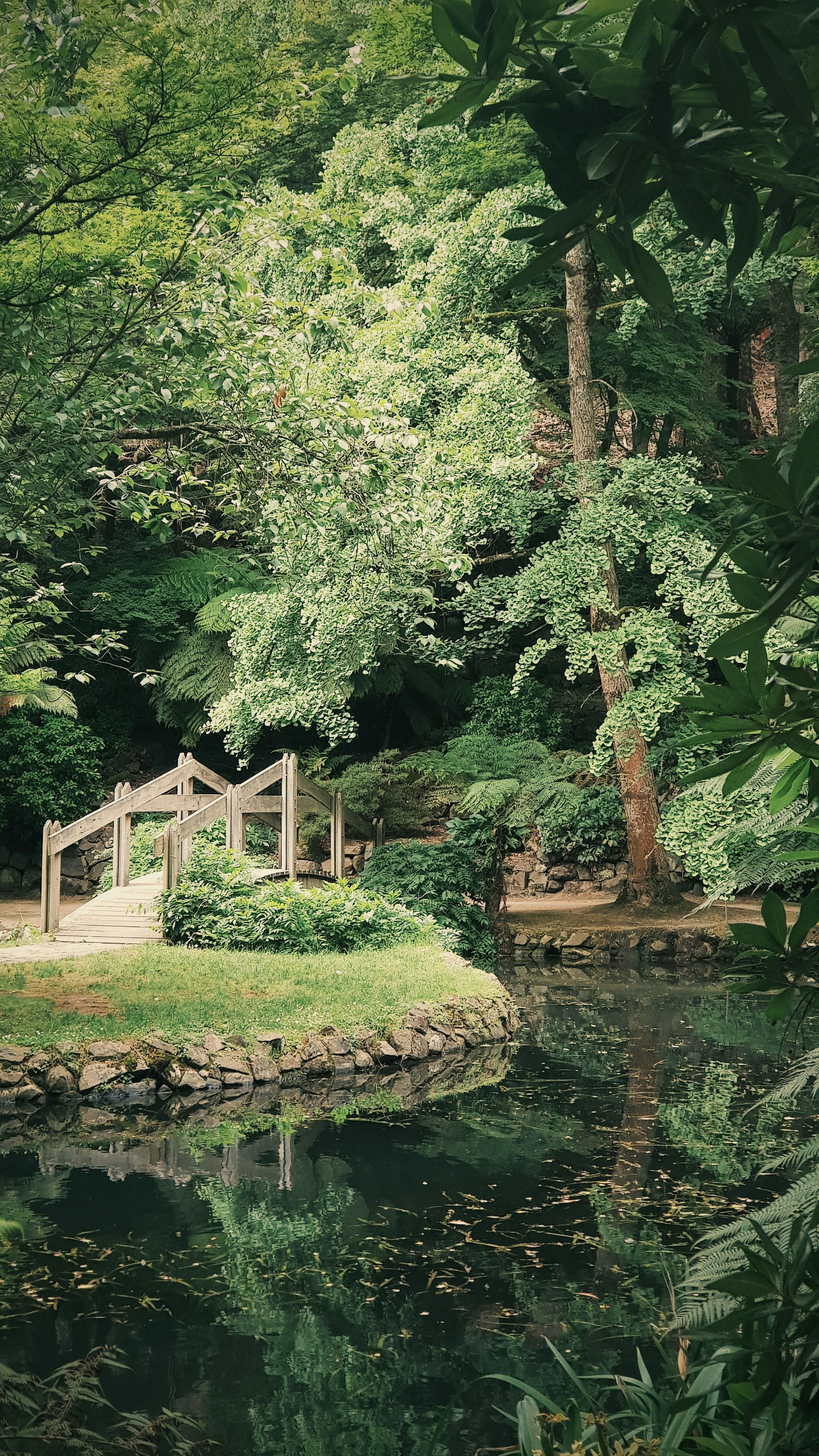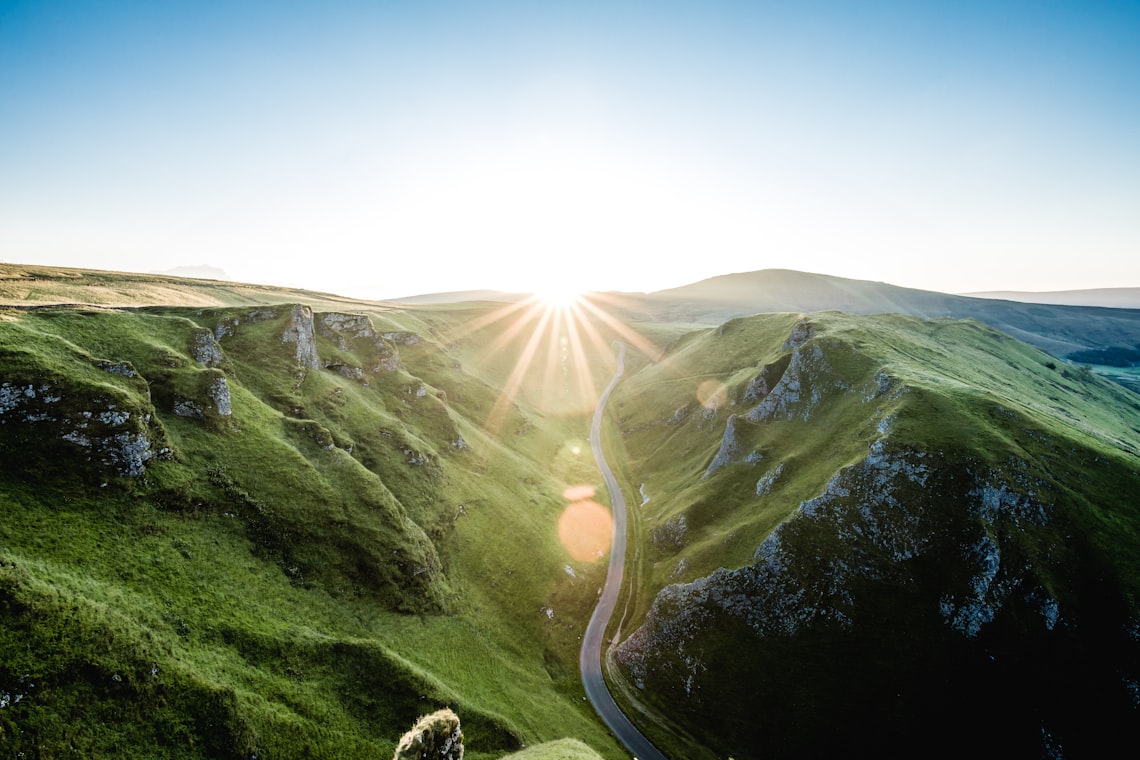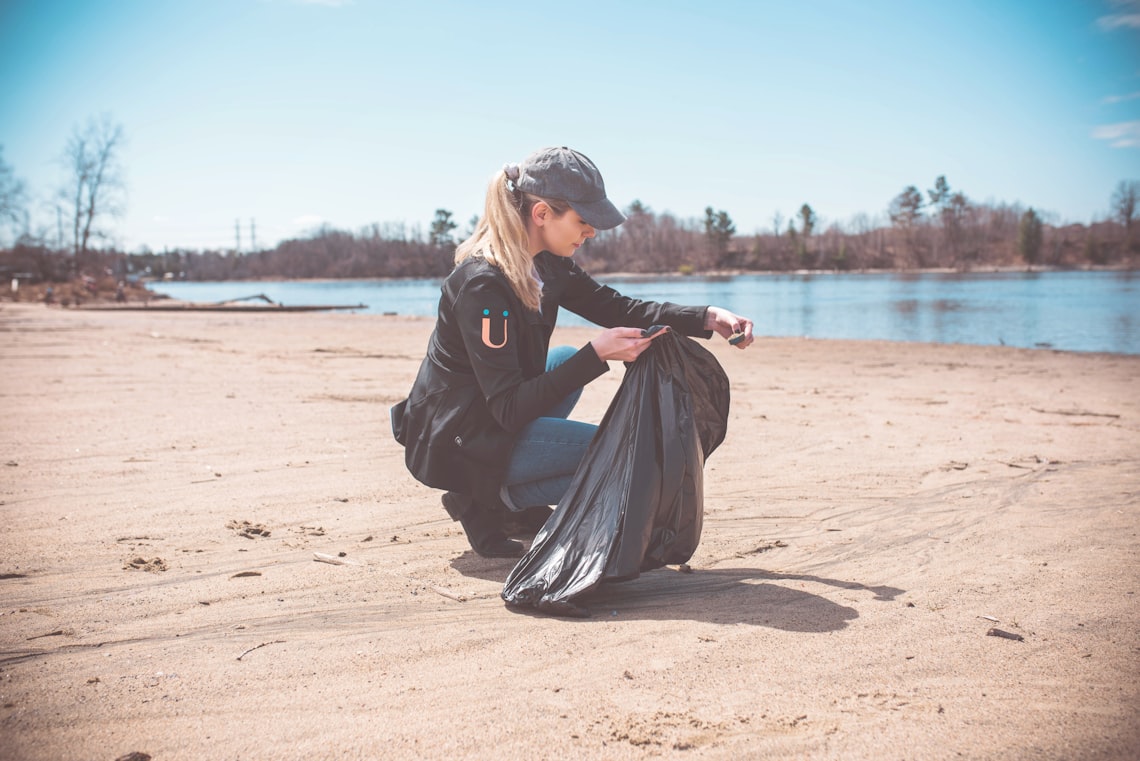Gardens like any project may need some forward design thinking before starting or while considering changes and enhancements. To design a garden is to make it more autonomous, providing it for the best structure to be sustainable, productive and aesthetic.
Garden Location
Sunlight
Plants need sunlight to grow. Plants use sunlight and change it into food through a process called photosynthesis.
Almost all plants prefer to receive full sunlight. However, some plants like spinach, beans, cabbage, cucumbers, lettuce, potato, pumpkin and other green leaf vegetables, can still photosynthesize well under some shade.
Don’t plant tall growing and thick leaved trees, like mango and jack fruit, near vegetable plots. As these trees grow larger, they will block out the sunlight.
Some other types of trees can be planted near vegetable plots, such as banana, papaya, and legume trees like acacia and casaurina. Don’t plant too many trees or shade plants, use them only as needed.
Water
Water is always needed for planting any type of vegetable, not only during the dry season, but also during the wet season in some areas that are particularly barren. So, gardens should be close to a water source or have good irrigation. Irrigation can be made using bamboo, metal or plastic piping. Storing irrigation water in a tank or drum closer to the garden will help to provide a continuous water supply. All stored water should be covered to prevent mosquitoes from breeding. Covering water will also help to reduce water loss due to evaporation.
Use gravity to help make irrigation, this is easier and less expensive. By using gravity, water can be run from higher places to lower places. Hand pumps are also good for bringing water up from underground sources.
Any irrigation must be designed in cooperation with other water users. If a community group is formed, tanks, pipes and hand pumps will be cheaper to buy and much easier to maintain.

Soil
The garden location should have healthy soil, and also be close to the house and a water supply.
Almost all soils can be improved quickly with good techniques and by regularly using mulch and compost.
Soils that contain a lot of clay or are waterlogged need time and specific techniques to make them productive. Maybe it will be more productive to use these areas for something else, such as for fishponds and water plants.
Wind
Vegetables, especially seedlings, need to be protected from strong winds, which can dry out the soil and reduce moisture in plants. Living fences and windbreaks will help manage problems associated with strong winds.
Other Factors
Root Competition
Large trees have roots that spread out up to 2/3 the height of the tree and the same width as the tree. These roots will compete with vegetable plants for water and nutrients in the soil.
Some trees, such as eucalypt, are especially competitive, so these trees should be either removed from the land or regularly cut back to reduce their roots size. The eucalypt tree also releases an oil (alelopati) from its roots which most other plants don’t like. Thin leaf legumes, like acacia and sesbania, or smaller fruit trees, like banana, papaya and guava, are examples of suitable trees to be planted in the garden.
Distance from house
Having the house and vegetable garden close together will save time, energy and costs.
Because of this, we must first decide which types of plants are going to be planted. Larger plants that don’t need intensive management and are not for every day use can be planted further away from the house. While, plants which do need intensive care and can be used every day should be planted close to the house, such as vegetables and bamboo. Gardens made close to the house will also receive benefits from house wastes.

Preparing the Garden
Garden Plot Design
In conventional agriculture, garden plots are generally made in long rectangular shapes and straight lines. These shapes actually are only suitable in low lands, while in higher areas where the land is sometimes more sloped, these can be very difficult to make. Isn’t it true that we can find no square or rectangular shapes in nature?
Only commercially focused people are benefited from using this type of system, because they can count how many trees and plants they have. Try to think and act creatively, remember that beauty and natural patterns are also important.
The easiest way to make garden plots is by following natural shapes, follow the natural shape of the land you are working on. Besides the shapes looking more interesting, pest problems will reduce and land use will be maximized. Working against nature increases the possibility of problems. Raised garden plots should always be surrounded by rocks, bamboo, wood or any other material that will:
• Hold the soil
• Hold more water in the soil • Hold mulch
• Allow the soil to build up
Good garden plot design will improve soil quality. Improving the quality of the soil will also improve production.
Garden plots should be wide enough to hold water, but small enough so that all of the plot can be reached without being trampled. A width of 1⁄2 meter to 1 meter is good, or maybe 11⁄2 meters if you have long arms. If the garden plots are often stepped on this will cause soil compaction, which is not good. Garden plots should be designed with main pathways which can be used for bringing in compost and mulch, and for bringing out garden produce, as well as smaller pathways for access and to make garden maintenance easier.
During the wet season, the edge of garden pathways can also function as swales to collect and hold water.
There are many other garden plot designs which function very well in dry lands and conserve water maximally.
Swales
For areas with sloped land, swales are a great way to make vegetable gardens. This can even be used for small home gardens.
On steep slopes, swales will help prevent erosion, while still holding water and nutrients in the soil. Swales and terraces should be made following the shape of the land, so that if heavy rains come this will not create problems.
For vegetable gardens, smaller swales are usually better.
On steep slopes, make smaller swales about 1 meter apart. On gentle slopes, make the swales larger, about 2 meters apart.
Terraces
Terraces are similar to swales because they are made following the land contour. Terraces cut into the land, and are usually stone or clay walls designed to hold the land in place.
Terraces take more time, energy and cost more to make, but they will make the land very productive. Terraces are used in many countries and there is a lot of information about how to build and use them.


Try to make the edge of the swale or terrace higher using rocks or other materials. This will help hold more mulch, compost and water in the soil
On steep slopes, make sure that heavy rains won’t cause erosion or land slides. Use legumes to hold the soil in place, as well as for serving many other functions
Fences
Fences are very important if you don’t want chicken, goats and other animals eating all of your vegetables!
Remember that fences are multifunctional. Using a fence to separate two areas will save time, labour and resources. Planting a living fence will provide many more functions than a normal fence. Some of these functions include acting as a windbreak, trellising for vines, and for providing shade, animal habitats, and erosion control.
Living fences can be made from many different types of plants and trees, and can produce a range of products. Some products from living fences could include human food, animal fodder, mulch and compost material, medicines, wood, weaving material, nitrogen fixing legumes and natural insecticides.
Living fence materials: Leuceana, cactus, sesbania, moringa, tall grasses. Other fence materials: Rocks, wood, bamboo, old fishing net, old tin roofing.

Small Garden Nurseries
A garden nursery is important because plants need more care when they are still young. If seedlings are cared for carefully, the quality and size
of vegetables will improve. A small garden nursery can be made from inexpensive and natural materials. You can also make a small movable nursery.
A nursery needs to have shade, healthy soil, and protection from animals, pests and disease.
Don’t ruin the land around the nursery by digging up soil for use in the nursery.
Following are some soil mixtures which are good for use in nurseries:
30% compost / dried manure, 30% soil, 30% sand, 10% ash / rice husks 2. 50% compost / rice husks, 50% soil / sand
The soil needs to be combined with other materials. Sand and rice husks provide drainage, which makes root growth easier. Compost and dried manure provide nutrients and hold more water in the soil.
If seedlings are being planted directly into the garden, add rice husks, sand, compost and dried manure to help the seedling grow better. Also, build a temporary shade structure for the first 3-4 weeks after planting.
You can also just use containers as a nursery substitute. Many old materials can be reused as seedling containers.

Garden Additions
The garden can also be planted with small fruit trees, perennial plants, legumes and flowers. This will protect the garden from strong winds, provide food for humans and animals, and materials for making mulch and compost. Pollinators and pest predators, like birds, bees, spiders and other insects, will also be attracted into your garden. Increasing pollination of fruits and vegetable flowers will produce more fruits and vegetables per plant. Pest predators will feed on insects and pests, which will reduce the number of pests in your garden.
Flowers and herbal plants will add beauty and fragrant smells to the garden, as well as providing many other benefits.
Ponds
Ponds will provide many benefits in different ways. Ponds can produce fish, vegetables and materials for making mulch and compost.
Make one or two ponds near the garden area, the pond will attract frogs, small lizards, insects and birds, which will all function as pest predators in your garden.
• Excess water in the wet season can be stored in ponds to prevent water laying stagnant on the ground
• To manage the problem of mosquitoes laying eggs in ponds, add a handful of neem leaves to the pond once every three months. Neem leaves will help stop mosquitoes from breeding, but won’t harm other pond creatures. Frogs, lizards and fish, especially tilapia fish, will feed on mosquito eggs and larvae
Beware!
Chemicals from pesticides and herbicides can kill many plants and animals living in your pond.

Hope this provides you with enough information to enhance your plot garden.



